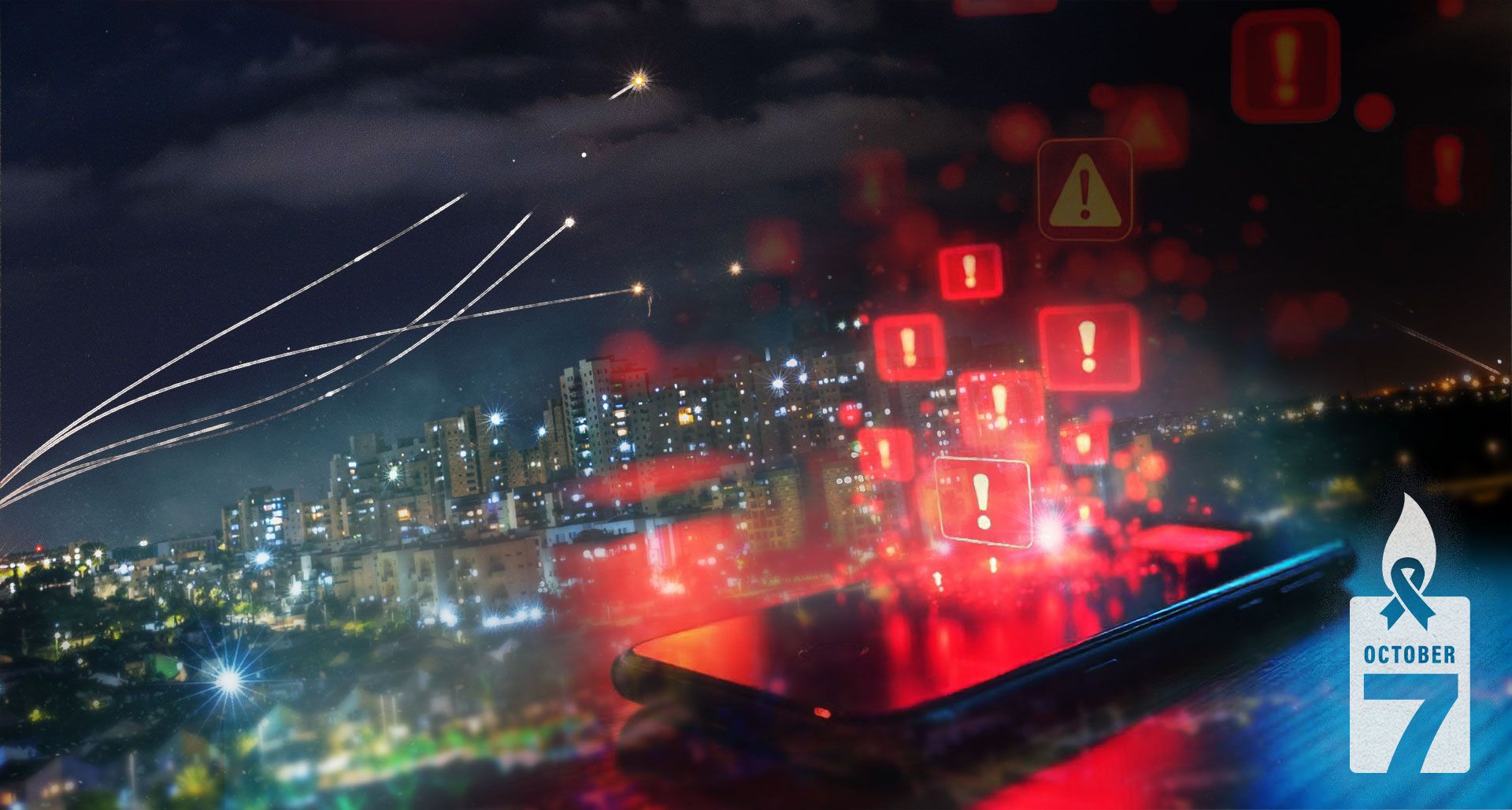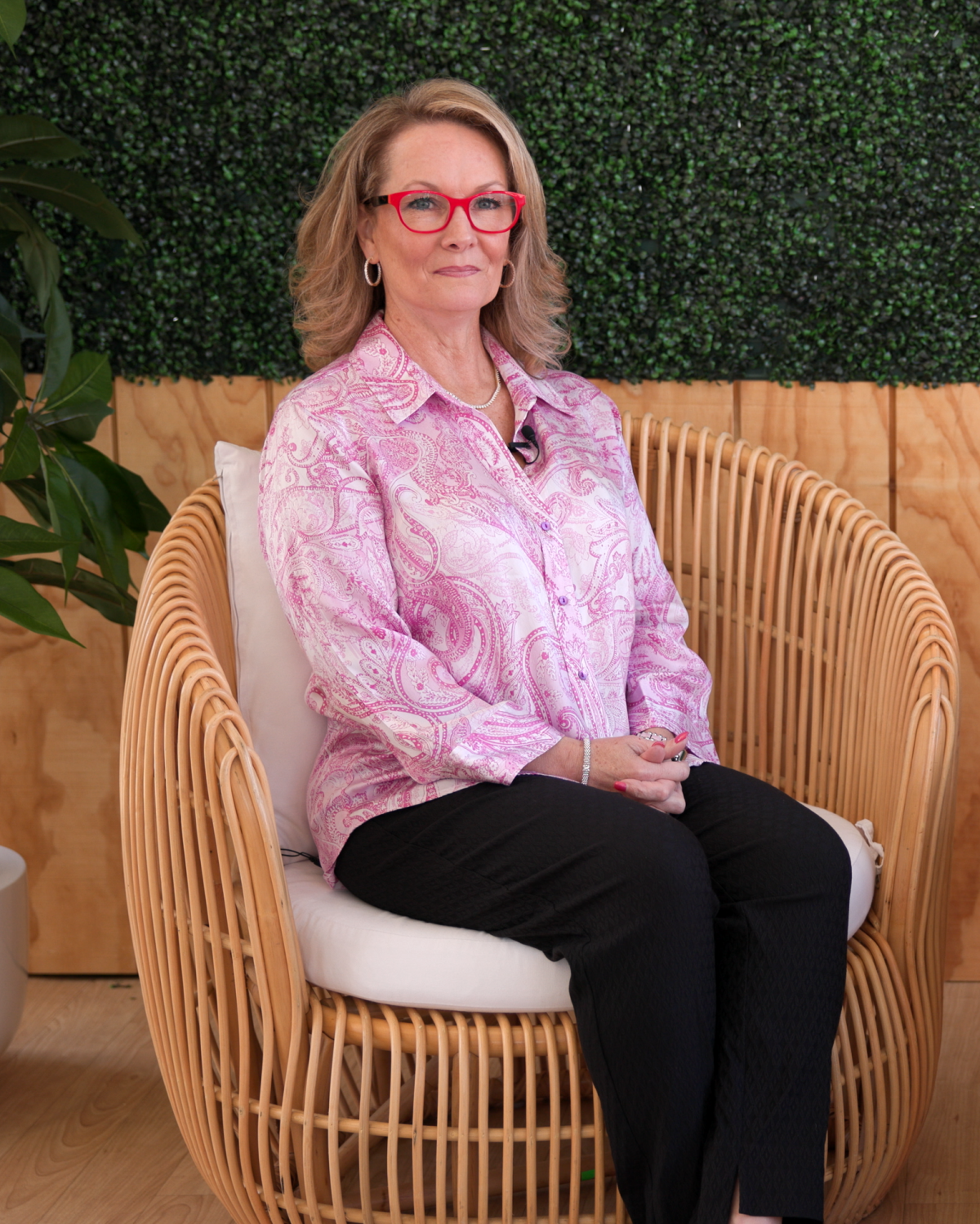A drastic increase in funding and personnel for a Kenyan-led international mission is needed to wrest control of much of Haiti’s capital from the violent grip of gangs, the Caribbean nation’s acting prime minister has said.
“It’s a two-pronged issue, not enough people [and] insufficient equipment of our police forces and the structures in Haiti,” Garry Conille, the country’s interim leader, told the Financial Times.
“As we attack one major neighbourhood, gangs then spread out and attack us in other places, so our police chief has to make a very difficult decision of redeploying his assets,” said Conille, a former UN development worker.
“You can understand why four months into this, we’re not yet finished with one neighbourhood.”
Conille’s call for increased funding was given added urgency by a massacre on Thursday in Pont-Sondé, a town 100km north of the capital, which left at least 70 people dead and displaced more than 6,200, according to the UN.
The attack was carried out by the Gran Grif gang, which swept through the town in the country’s rice-growing heartland, firing at residents with automatic rifles. It is the worst massacre in Haiti since at least 2018, when 71 people were killed by gangs in a slum in Port-au-Prince, the capital.
The UN’s Human Rights Office on Friday called for “increased international financial and logistical assistance” to the Kenyan-led mission after the “horrifying” attack.
Several nations have pledged in recent weeks to send police officers to Haiti to build up the faltering UN-backed mission.
Visiting Port-au-Prince last month, Kenya’s President William Ruto pledged to augment the country’s existing 400-strong contingent with another 600 officers. Reinforcements from Jamaica and Belize have arrived, while Guatemala has promised to send 150 officers.
When the UN approved the mission a year ago, the force was expected to total about 2,500 officers from nations including Bangladesh, Barbados and Chad, providing a significant boost to Haiti’s outmatched police.
But progress has been slow since Kenyan officers first arrived in June.
They secured the country’s main airport but have done little to beat back some 200 gangs that are estimated to control about 80 per cent of Port-au-Prince.
“Every house is transformed into a trap, and you have the gangs putting holes in walls and shooting from these tight holes,” Conille said.
“It’s really a house-to-house operation for the police with high-risk engagement. And then once you finish this engagement, you need to consolidate, which means that you need to bring in the state very quickly.”

Haitians are becoming exasperated with the mission’s slow progress, even as joint operations between international and Haitian police intensify in neighbourhoods under gang control.
“People are angry because they expected more, and they are starting to lose hope,” said Dimitry St Juste, who abandoned a small bar he ran in Port-au-Prince’s violent Solino neighbourhood, and is now living nearby.
“The situation is very bad, people are dying, and houses are burnt down,” said Mélissa Joseph, a Haitian police officer in Solino.
Unable to stem a wave of violence which has displaced about 600,000 people, the government of Ariel Henry collapsed in April and was replaced by a transitional presidential council — led by Conille — tasked with convening Haiti’s first elections since 2016.
The council’s legitimacy was challenged this week when investigators accused three members of corruption.
But the security crisis, which has deepened since President Jovenel Moïse was assassinated in 2021, remains a major hurdle for a vote scheduled to be held next year.
According to Conille, up to 80 per cent of the country’s 7,000-strong force have administrative or other functions, highlighting the migration of some frontline officers and budget restrictions that limit operational roles, while gangs have increasingly cultivated connections with transnational criminal groups.

Conille said funding was the mission’s biggest problem.
The US, which has declined to send personnel but remains the mission’s main financial backer, has contributed $300mn in equipment and support to the mission — including armoured vehicles, communications equipment and the construction of an operating base in Port-au-Prince.
It is estimated the force’s operating costs will total $600mn a year. The UN has only received pledges worth $85mn for the Kenyan-led mission.
The UN Security Council renewed the current force’s mandate on Monday.
A US proposal to upgrade the force to a peacekeeping operation, enabling it to be financed through designated UN funds rather than voluntary contributions, appears unlikely to win support from veto-wielding Russia and China.
The two allies abstained from the vote that established the current mission.
A senior US official said: “The fact that we are pushing for a peacekeeping operation is a clear signal that we want to make the gains that the [international mission] has been able to achieve in its relatively short time on the ground, durable and sustainable.”
Conille said a peacekeeping force “would add value” but as chaos continues to engulf the country it should not be considered “in lieu of the urgent need to reinforce the mission now”.

Land access to the capital’s port was closed last week during a spate of attacks, while gangs are expanding beyond the city.
In August, violent gangs retook Ganthier, a town east of Port-au-Prince, after Kenyan and Haitian officers retreated, and have expanded their presence north-west to Cabaret and Arcahaie.
Police fired tear gas at protests that broke out in August in Solino, which is prized by gangs for its strategic location on the road to the airport, and is a stronghold of Jimmy Cherizier, a notorious warlord known as Barbecue.
Joseph, the officer, has not taken part in joint operations with the Kenyans and expressed frustration about their effectiveness.
“The Kenyans and the Haitian police use armoured vehicles, but they continually break down,” Joseph said. “They need more weapons and a lot of ammunition.”
William O’Neill, the UN’s expert on human rights in Haiti, last month said the “humanitarian consequences [of gang violence] are dramatic”, with marauding gangs continuing to receive weapons smuggled from the US despite an international arms embargo.
The World Food Programme estimates almost half of the country’s 11mn population faces acute food shortages.
“The world has a lot of other priorities,” Conille said. “But the case we’re desperately trying to make is that Haitian children are not less deserving than children in Ukraine or Gaza.”
Additional reporting by Andres Schipani in New York













































































































































You must be logged in to post a comment Login